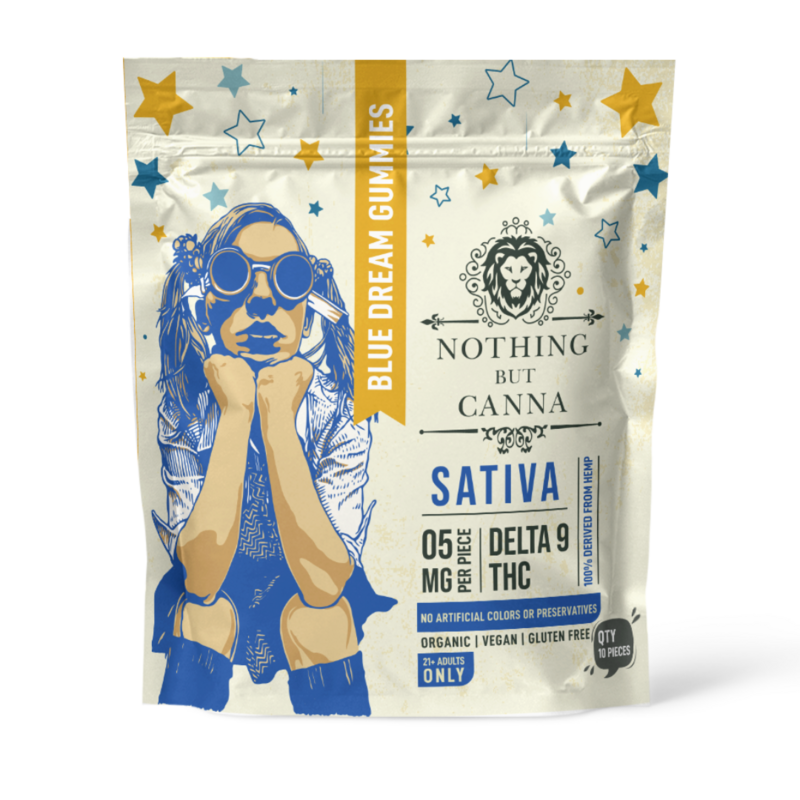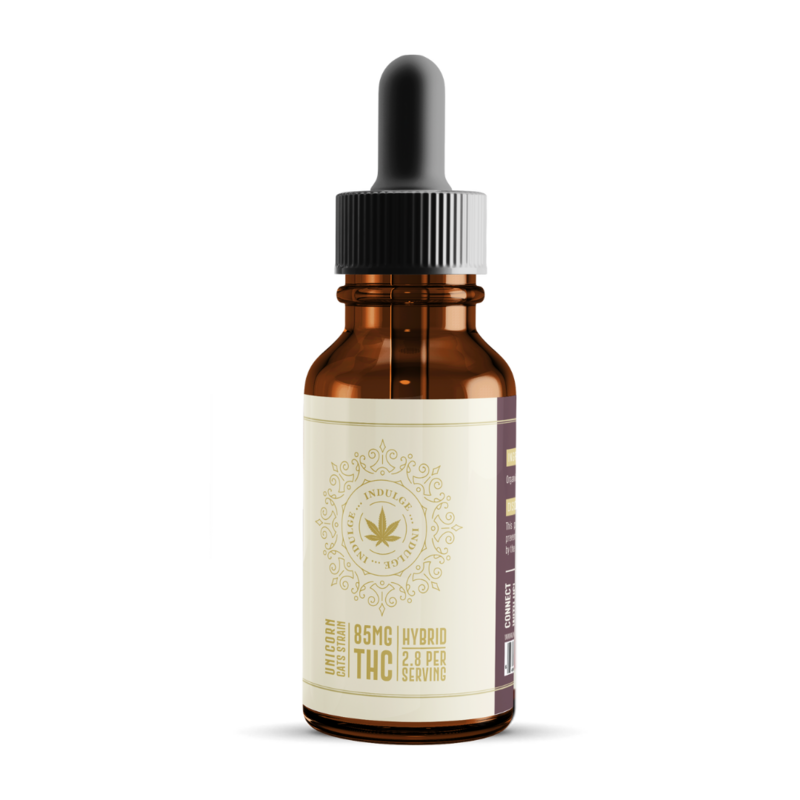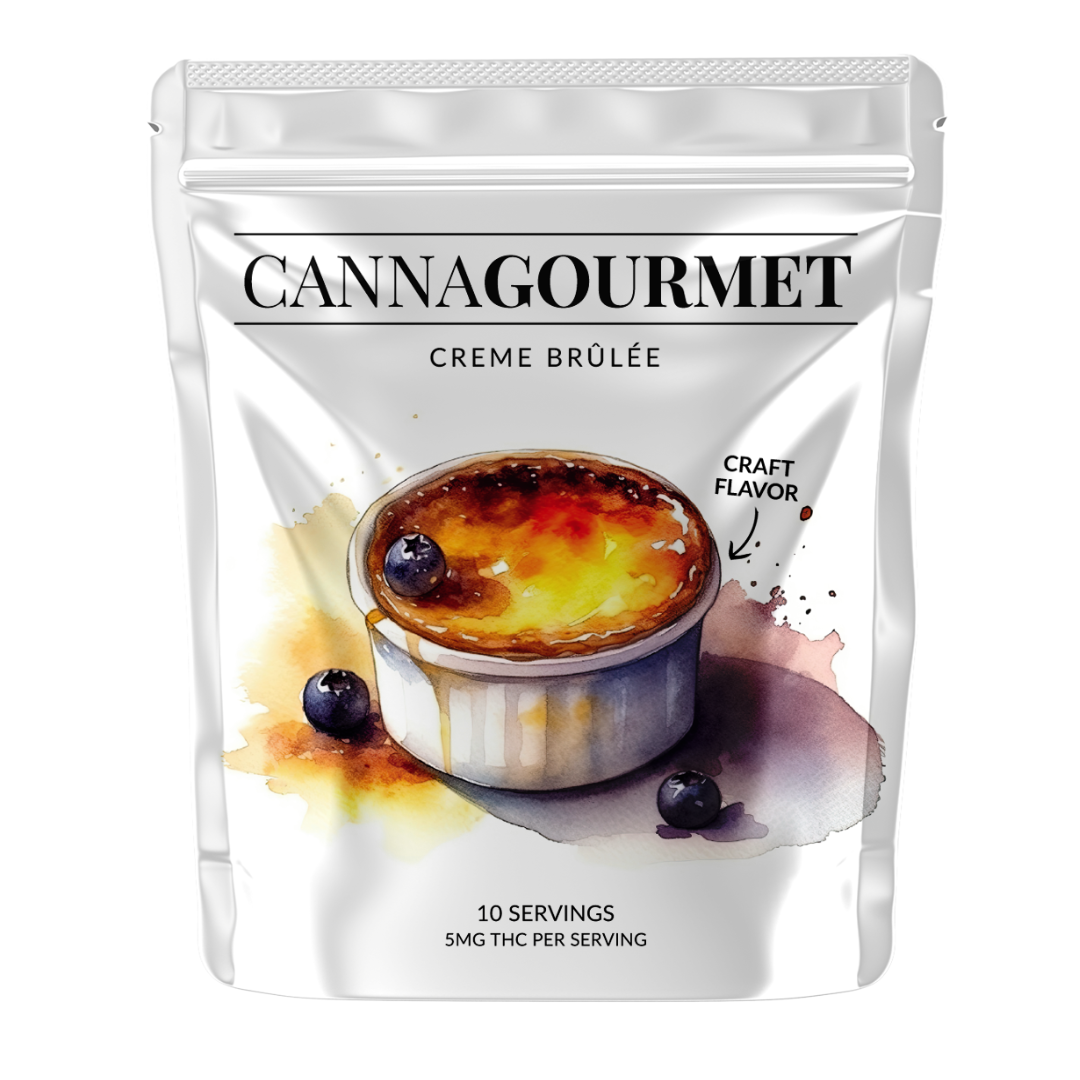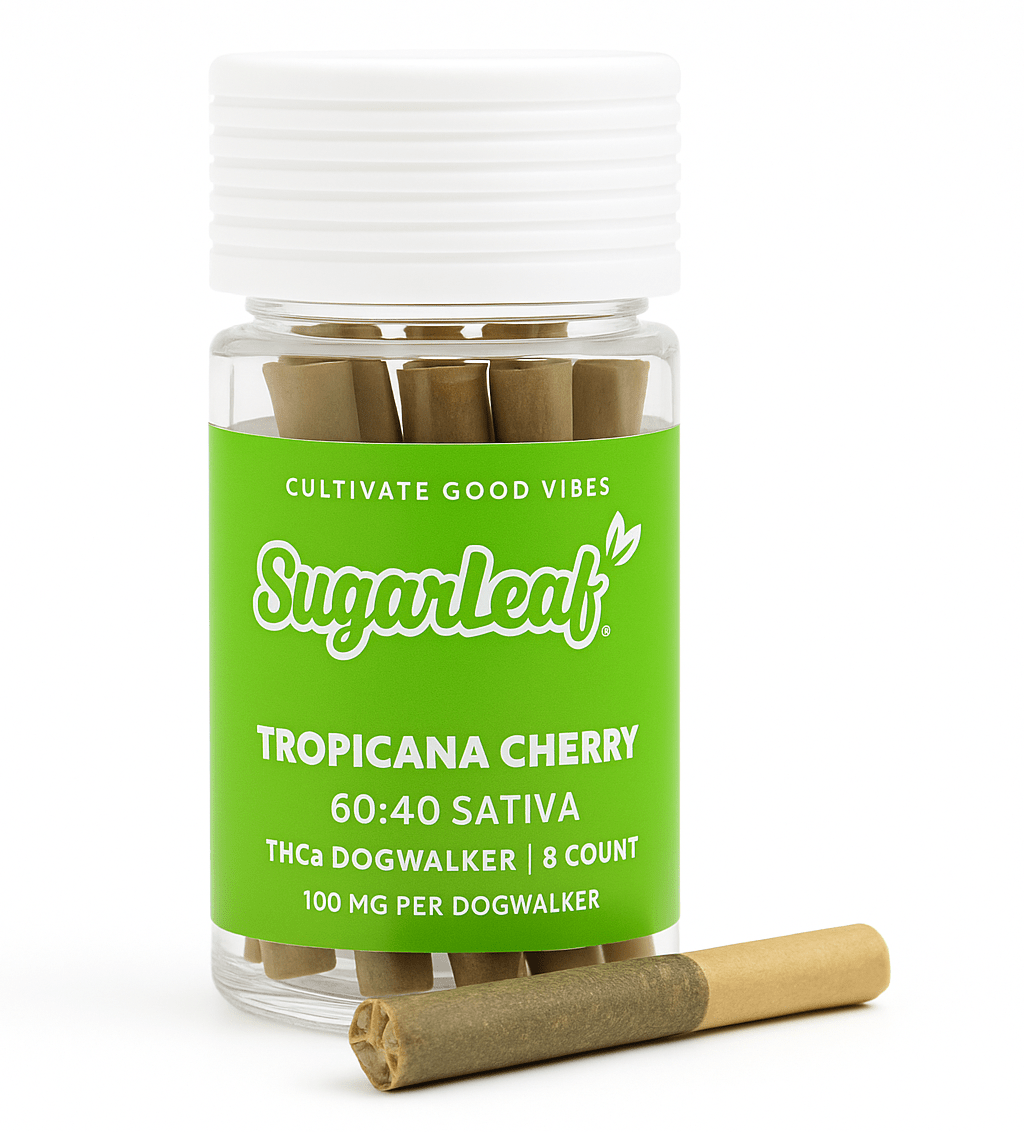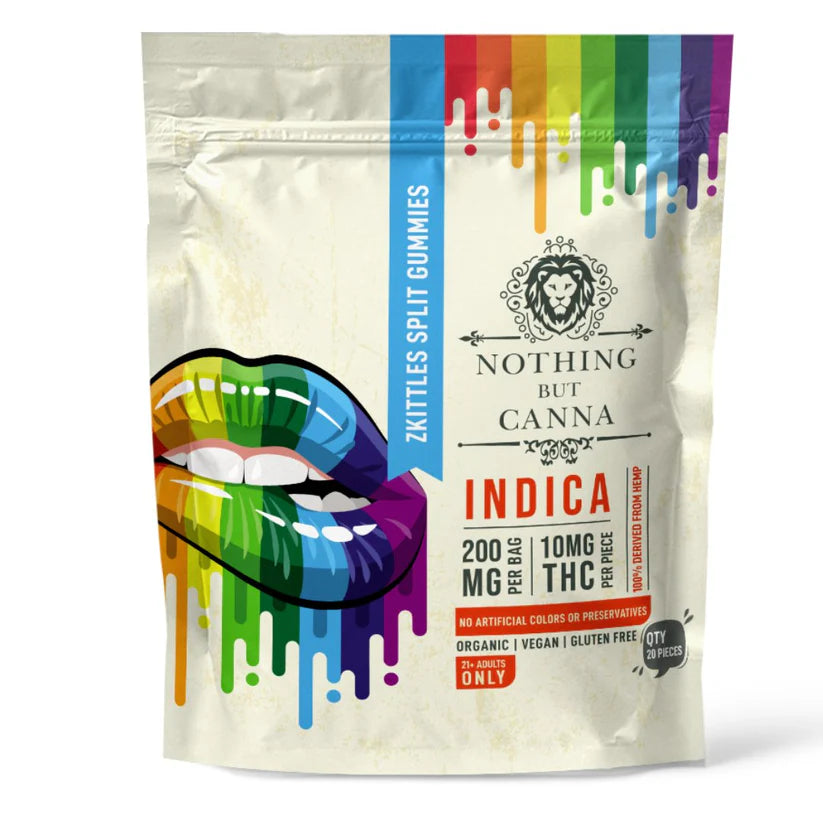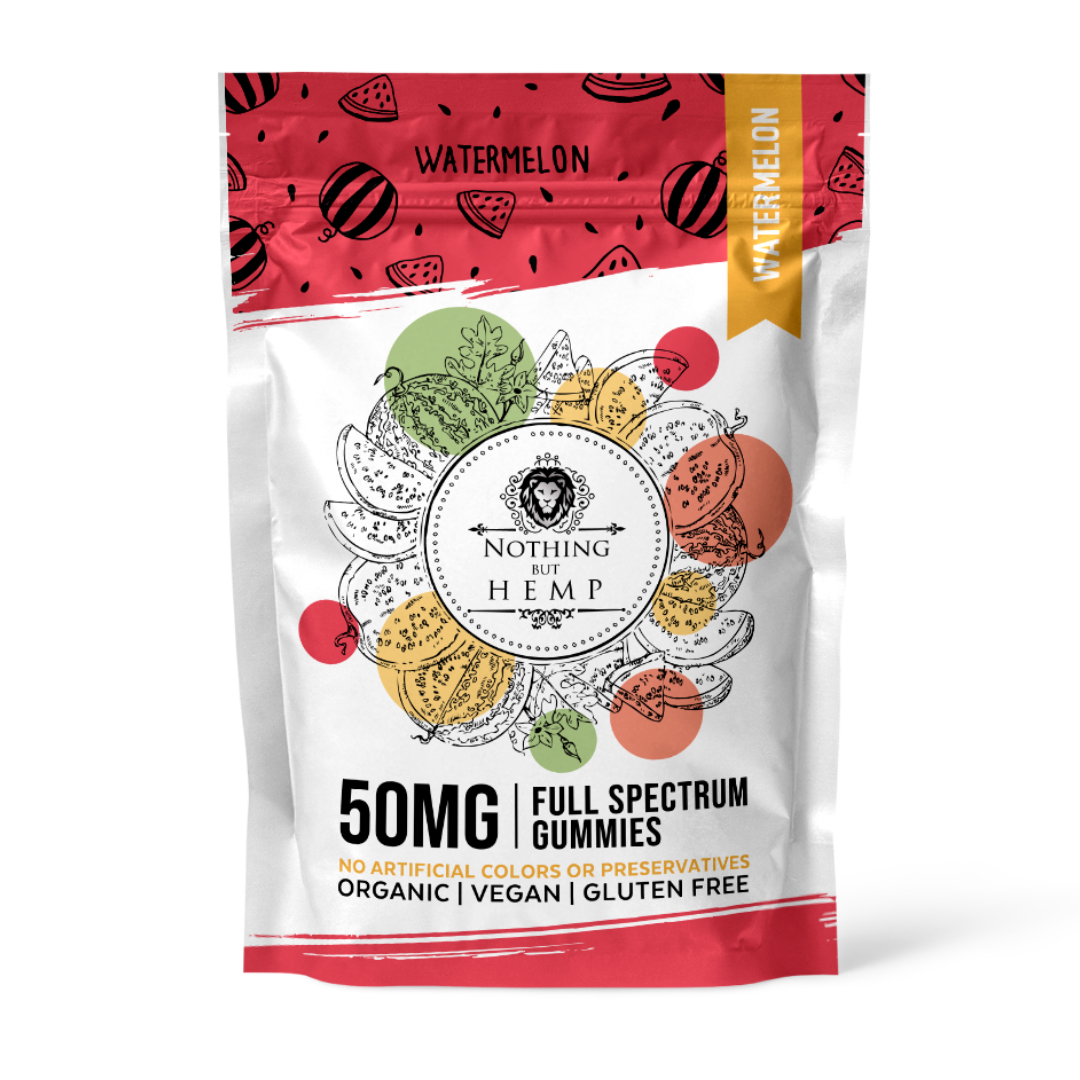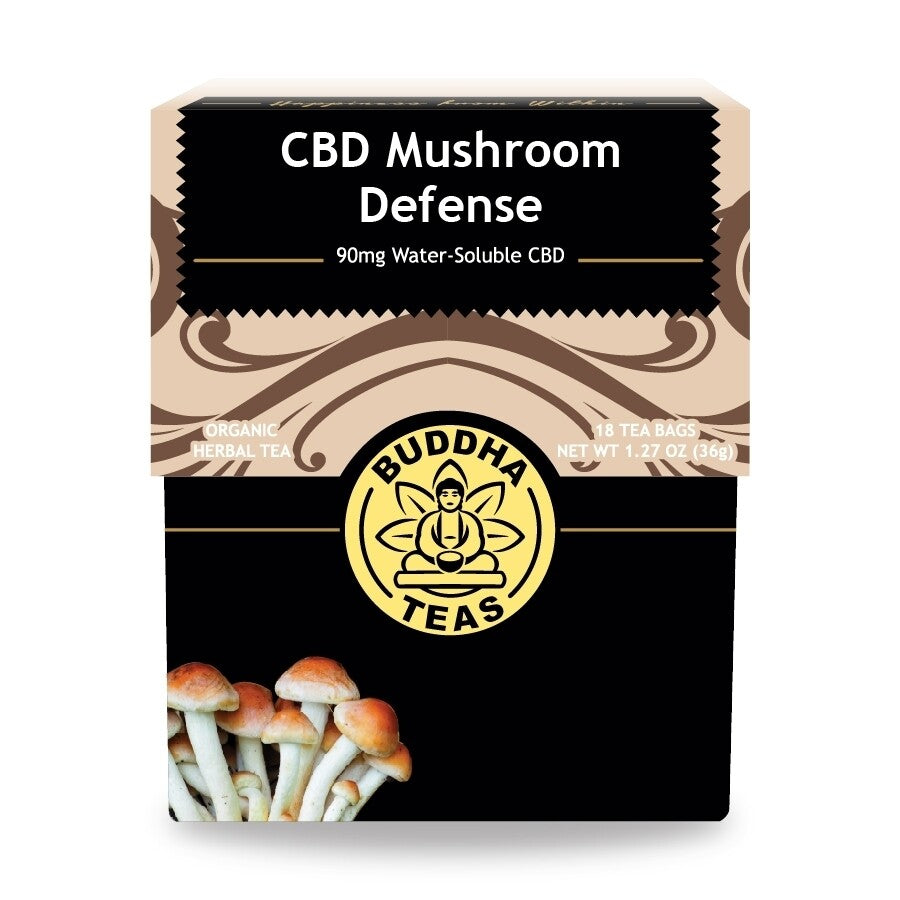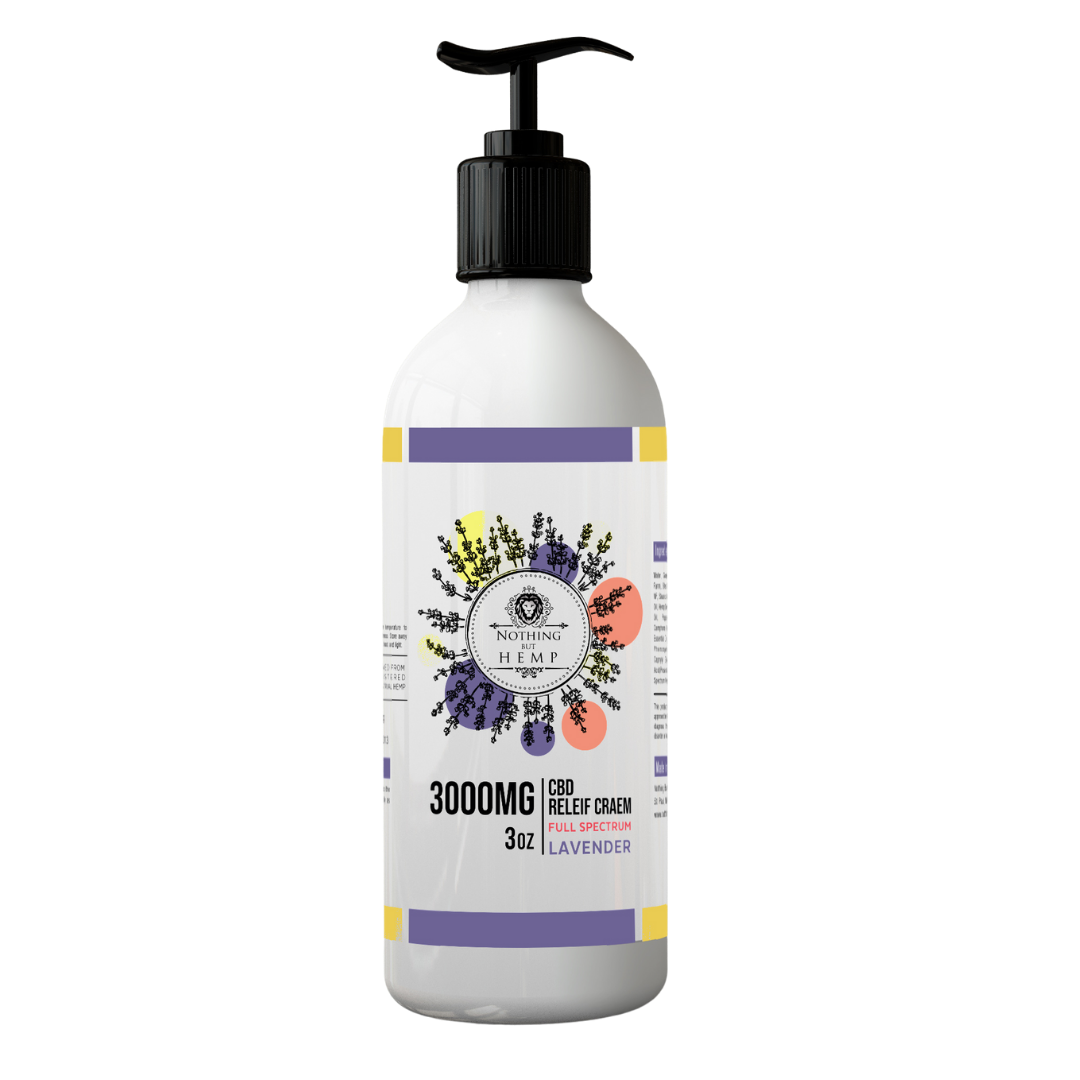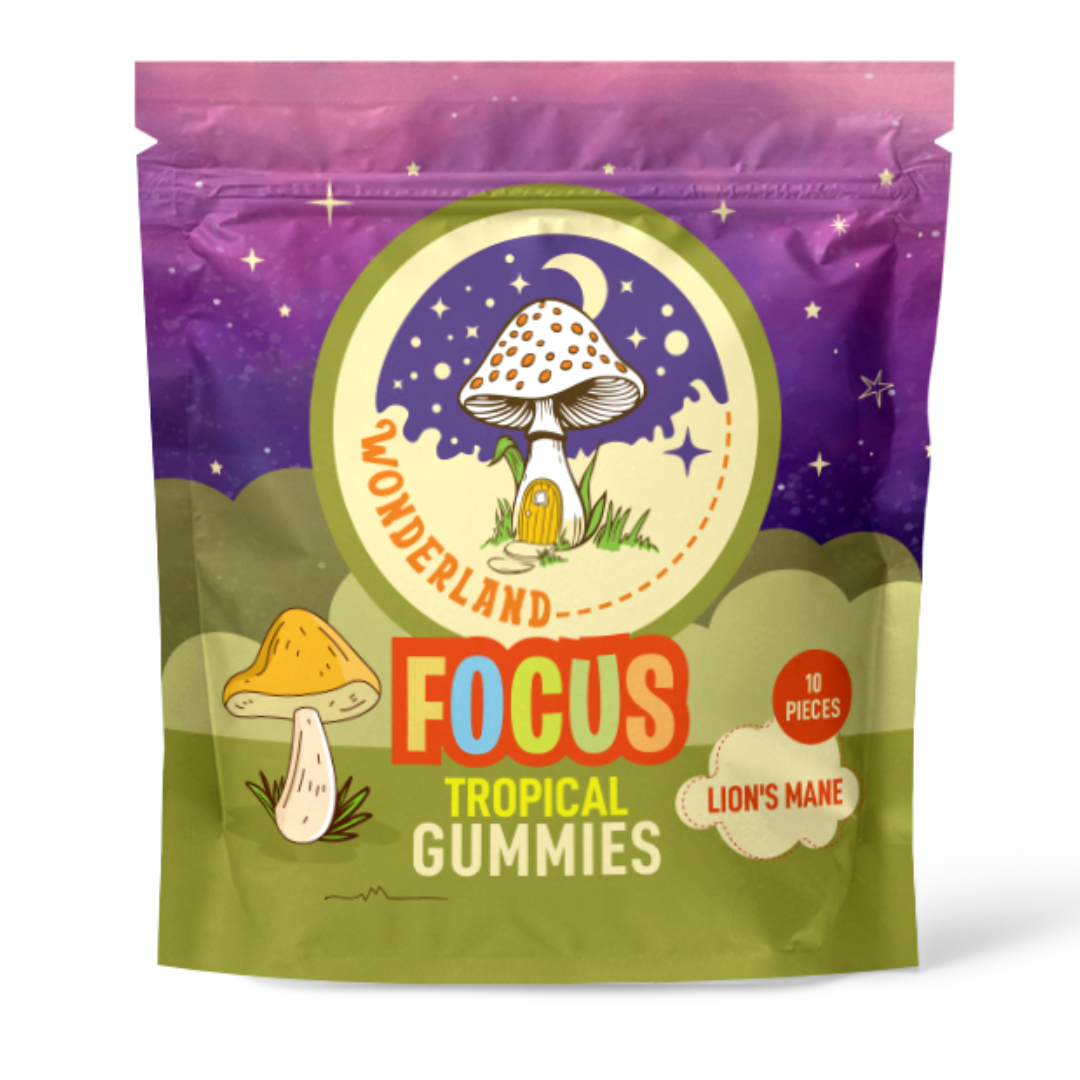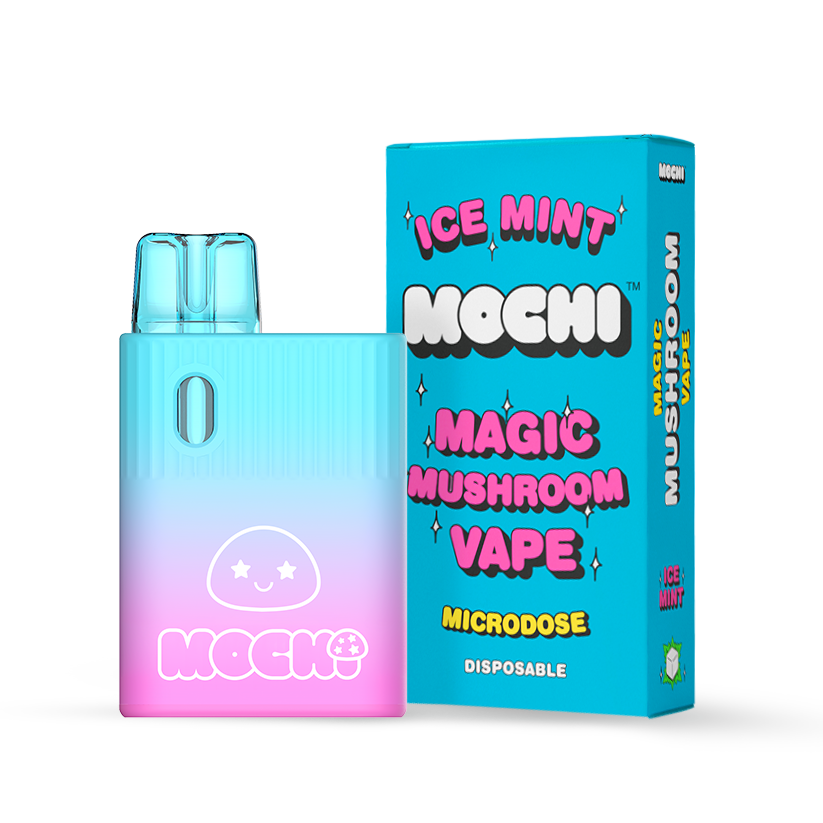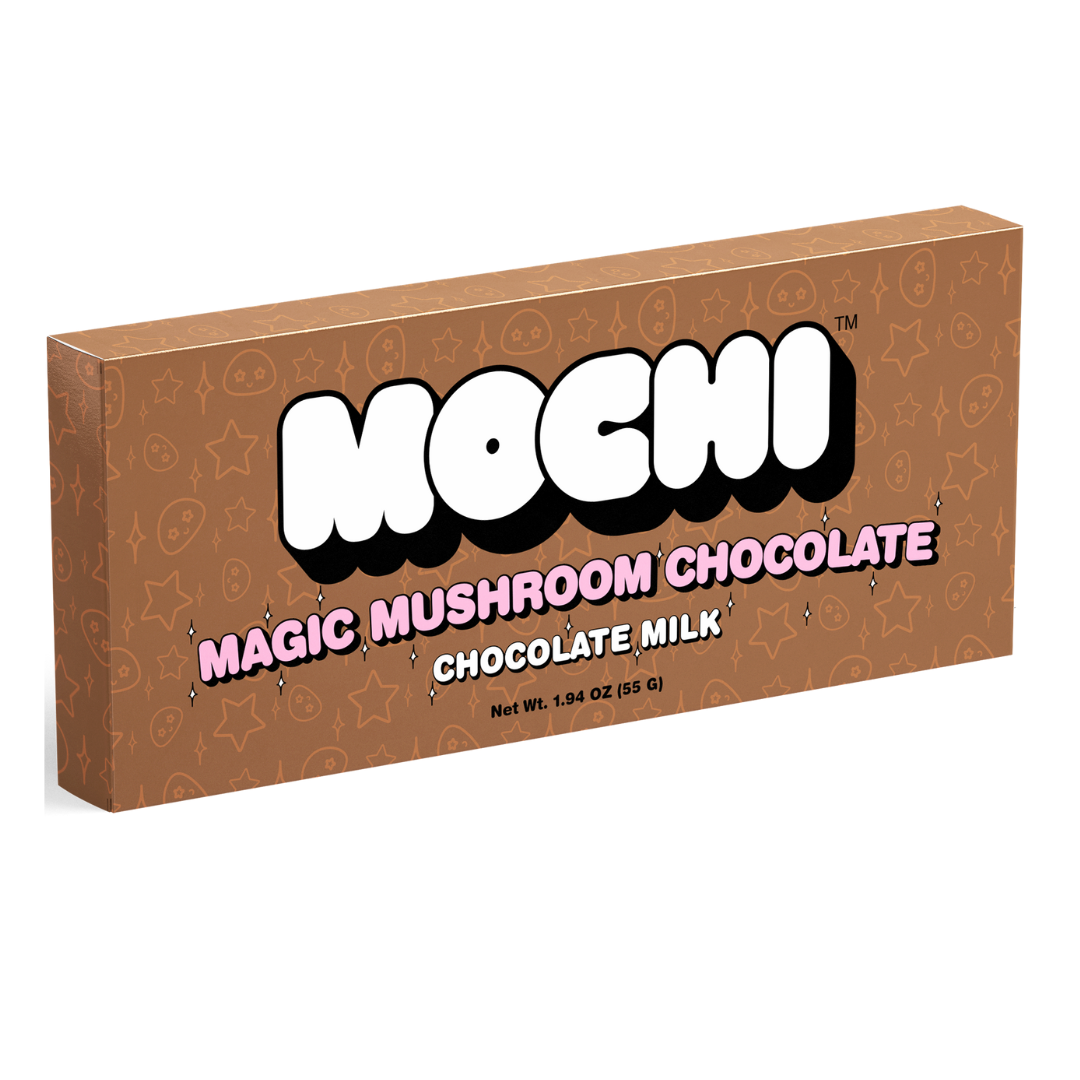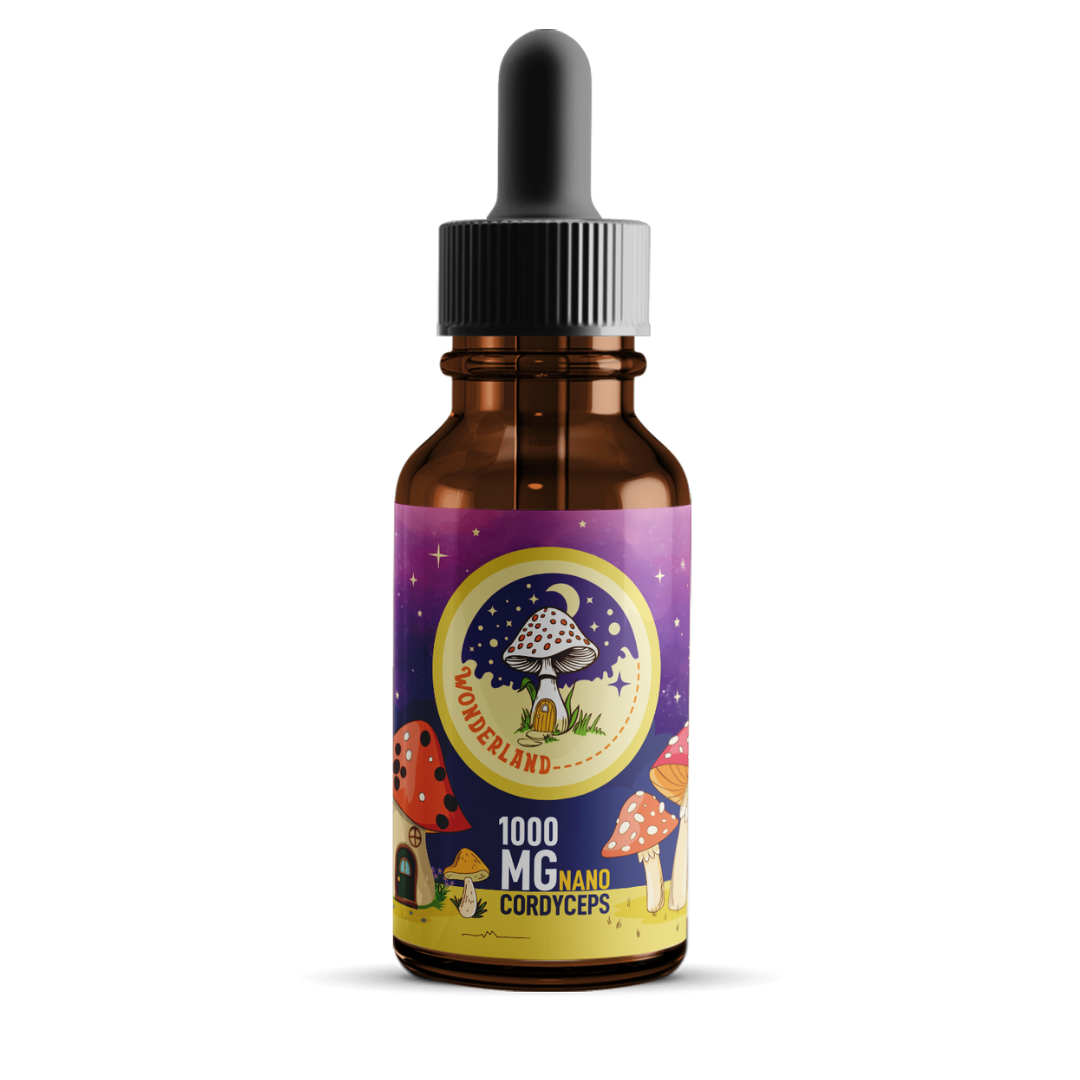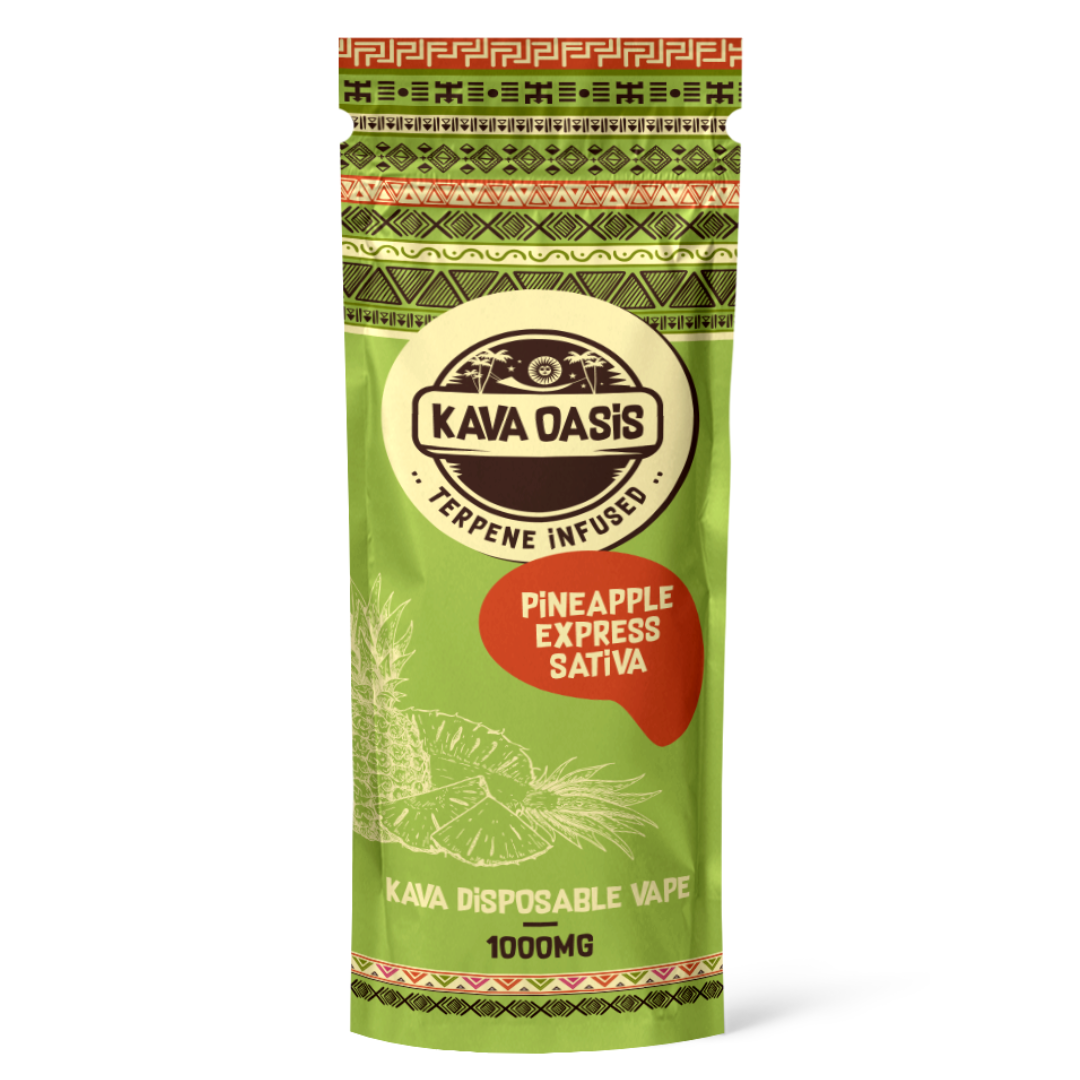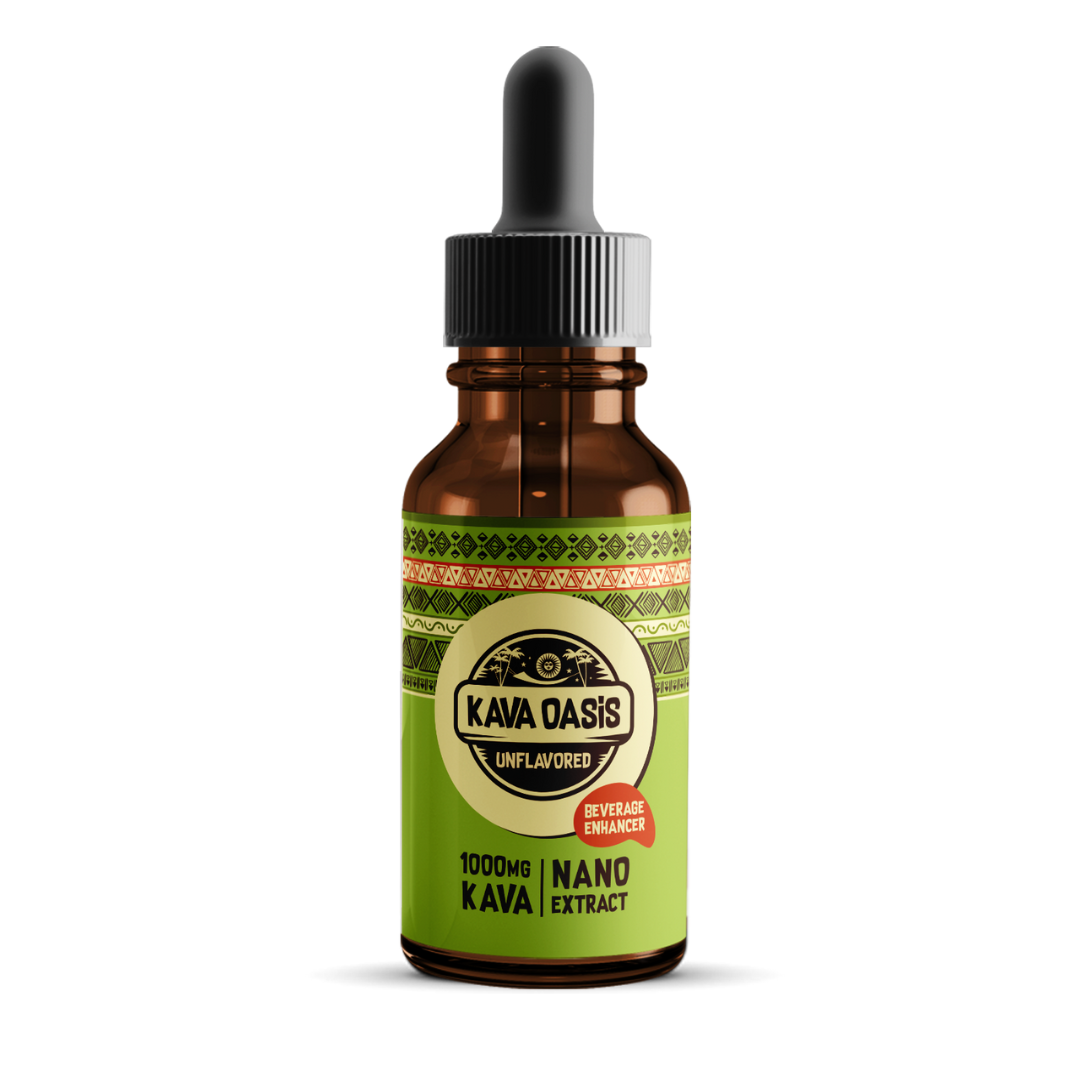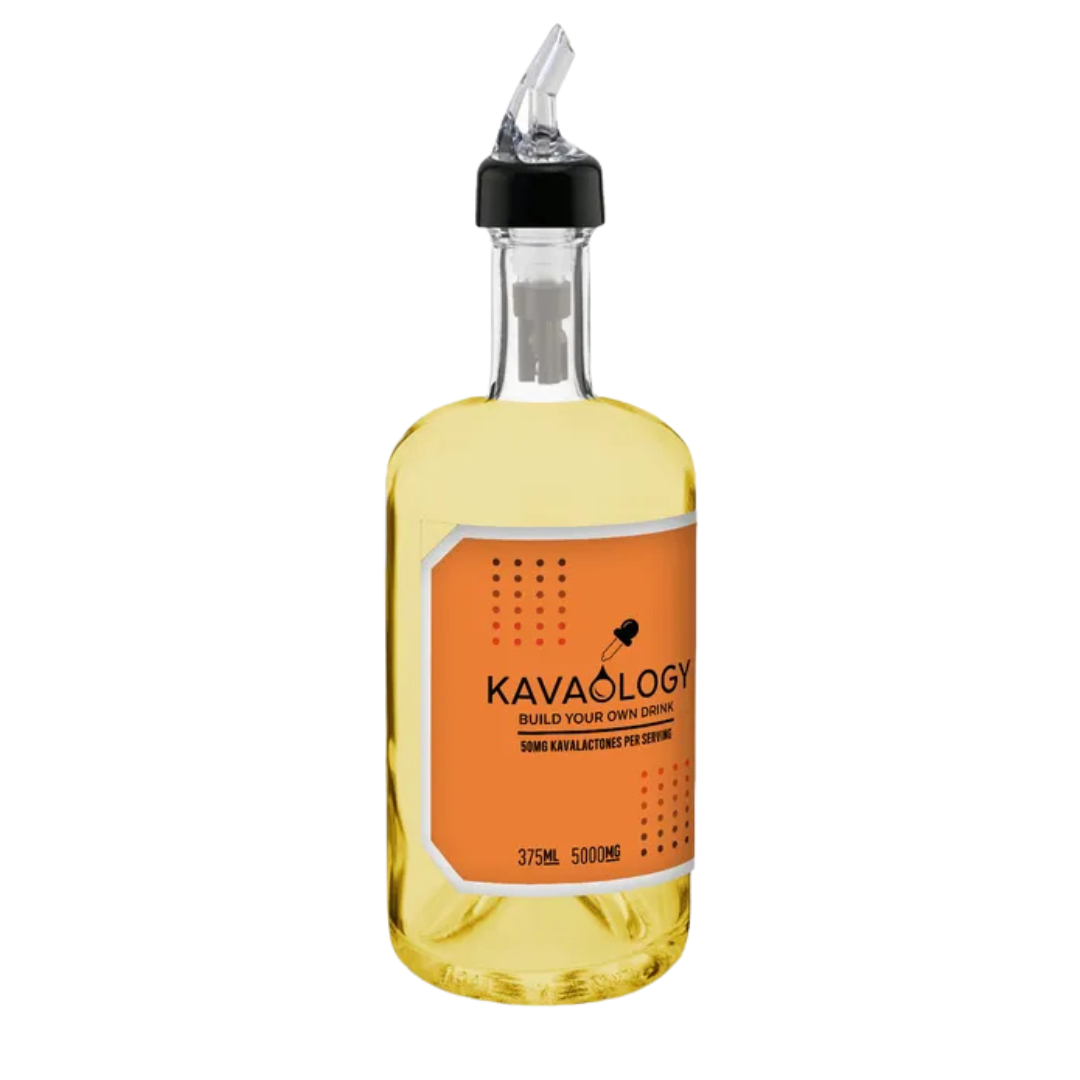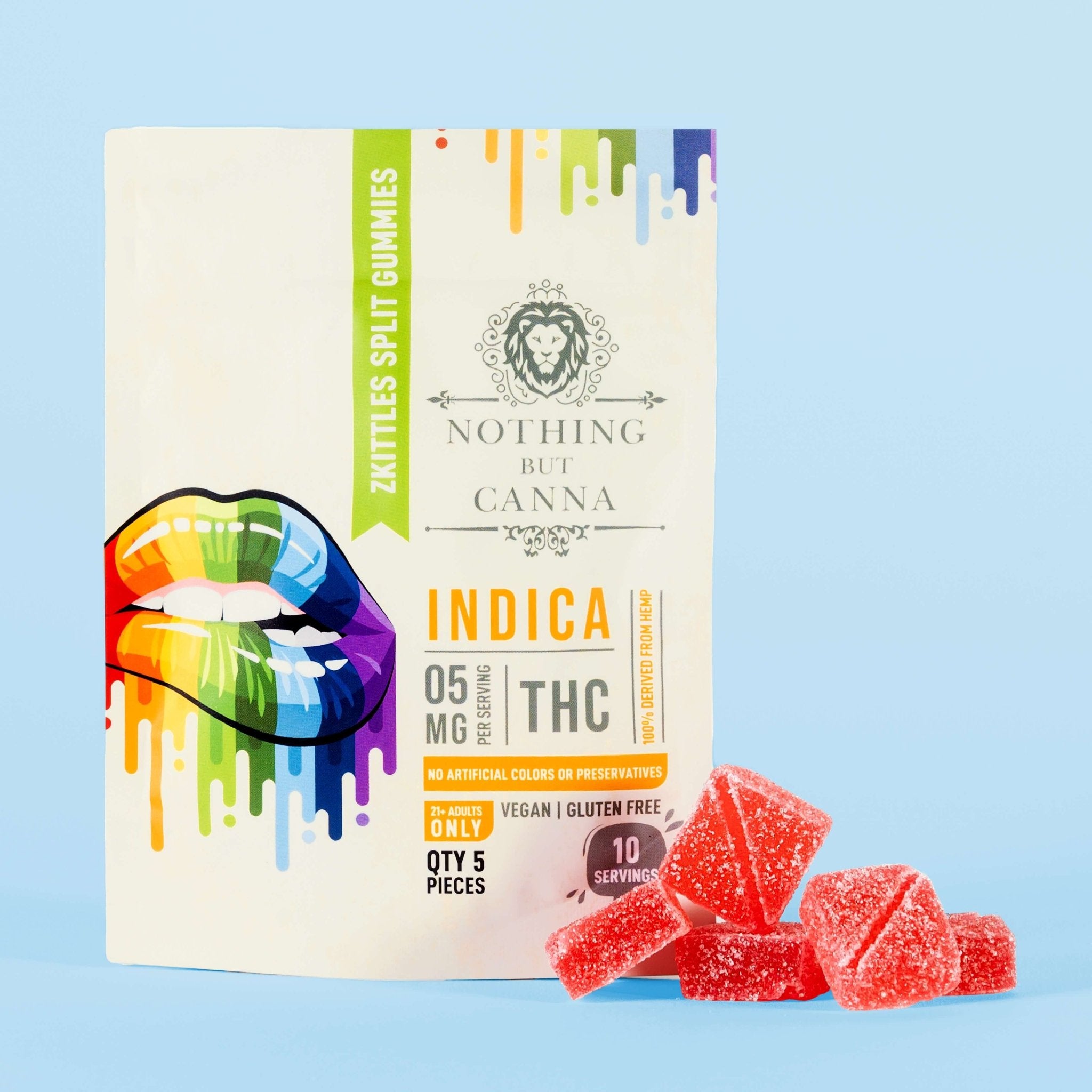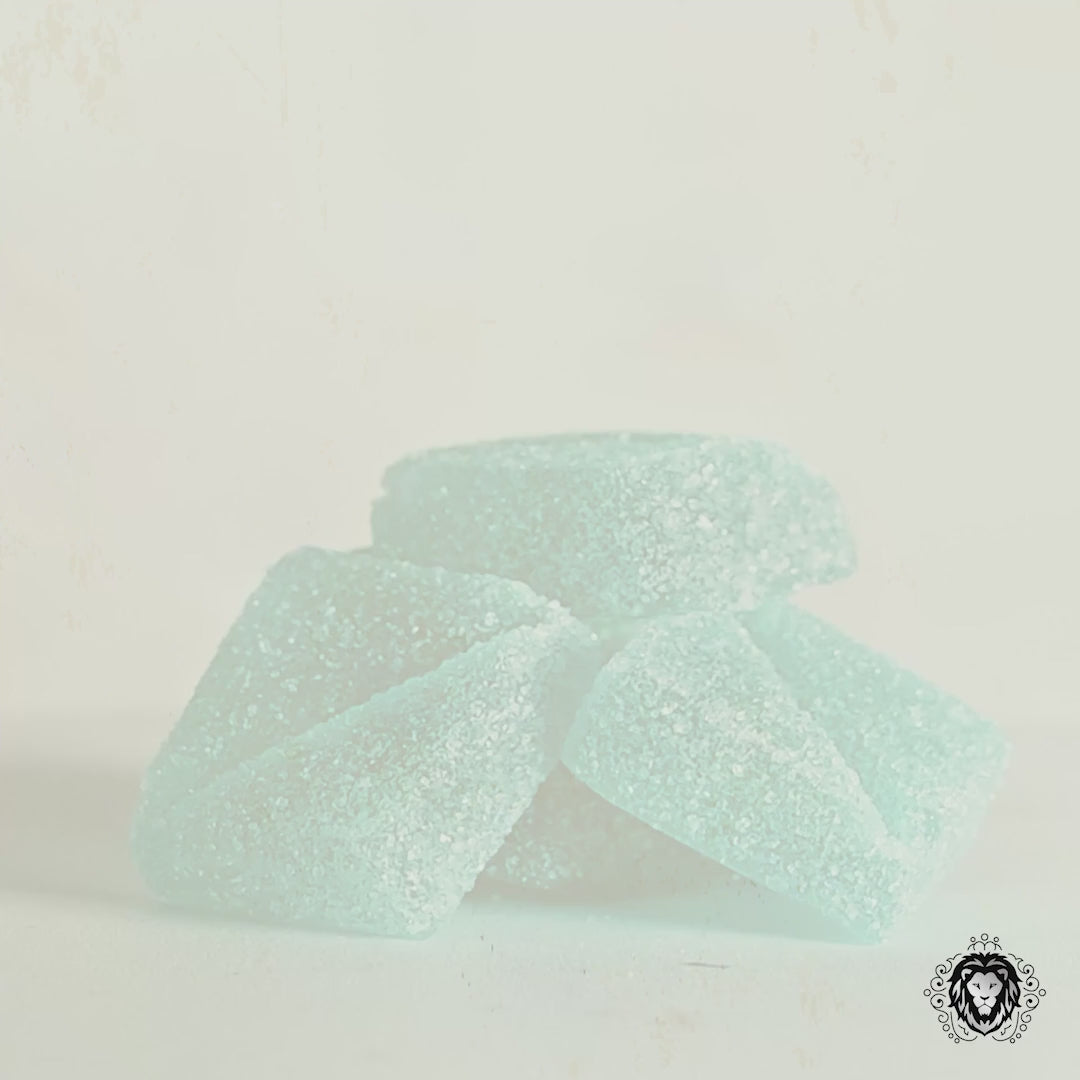THC usually stays detectable in the body for a few days in occasional users and up to several weeks in heavy users, depending on the type of drug test. Despite this long history of scrutiny, even more than a decade after the first states legalized recreational marijuana, there's still more to understand about THC's effect inside your body. One in three cannabis users is unaware of the risks—including the possibility of failing a drug test. As one addiction psychiatrist told the Harvard Gazette, education is essential before using THC, whether for medical or recreational purposes. To stay compliant and protect job security, this guide explores how long THC stays in your body and how tests can detect THC—grounded in scientific research and legal evidence.
What really is THC?
THC (delta-9-tetrahydrocannabinol) is the main psychoactive compound in cannabis that causes the “high”. It's also the most abundant, well-studied, and heavily regulated cannabinoid. More commonly, THC also refers to delta-9 THC. Even so, many THC isomers (or forms) exist, such as Delta-8 and Delta-10. All of THC, its isomers, and metabolites likely cause a high.
THC has been used medicinally, recreationally, and spiritually for millennia. These days, there are THC-rich FDA-approved cannabis products that help with long-term pain, nausea, and appetite. Nevertheless, THC is regulated in various places worldwide. In the United States, as of mid-2025, 24 US states, 3 territories, and D.C. only have access to legal cannabis products, including those with high THC potency.
How is THC absorbed and stored in the body?

THC can be inhaled, eaten, or taken sublingually—smoking acts within minutes, edibles last longest, and sublingual absorption is in-between. The traditional way, smoking or vaping, is a favorite for a reason; within 3-10 minutes, effects are delivered with remarkable speed in just one puff. When you eat THC edibles or drink THC beverages, after first-pass metabolism, the liver intercepts and turns them into something more potent, 11-hydroxy-THC. Therefore, edibles give you a sustained and more elevated experience—you're getting a different, more powerful chemical. Meanwhile, sublingual absorption takes a shortcut, bypassing your digestive system. THC gets absorbed through the mucous membrane beneath your tongue.
THC is what research suggests as "lipophilic"—it loves fat cells. Your body’s fatty tissues become THC's storage facility. With a distribution volume of about 10 liters per kilogram of body weight, THC spreads extensively throughout your body's fatty tissues. This explains why THC can be detected long after the high wears off—it's slowly leaking out of storage.
Why THC detection times vary from person to person
How long THC stays in your system depends on body fat, metabolism, usage frequency, and test sensitivity. And even for the same individual, results can differ across testing windows. Two people can use the same amount of THC, but test positive for different lengths of time. Drug testing policies often err on the side of caution with longer detection assumptions—because individual differences can be so dramatic that what clears one person's system in days might linger in another's for weeks.
Several Factors That Affect How Long THC Stays in Your System
If you use cannabis more regularly, THC will stay in your system longer. If you have a higher body fat percentage, THC will remain detectable longer than a person with less body fat. In some cases, THC can be detected for weeks as opposed to days. Other factors like metabolism and testing method can stretch or shorten how long weed stays in your system.
Frequency of cannabis use (occasional vs. chronic users)
Detection time’s relationship with use is exponential, not linear—according to American Addiction Centers, going from occasional to daily use can increase the window to detect marijuana by 3-7 times. Chronic weed use creates saturated fat storage compartments where THC accumulates faster than elimination, leading to a reservoir effect.
Body fat, metabolism, and hydration levels
People who have higher body fat percentages will retain more THC in their bodies than those with lower body fat percentages. In addition, THC metabolites pass out of the body more quickly in people who stay hydrated than in those who remain dehydrated.
Age, genetics, and metabolism: Slower elimination of THC happens to individuals with slower metabolic rates—meaning, longer window to detect cannabis. And, due to reduced blood flow, older adults process the same dose of THC 30-40% slower than younger adults.
Type of product: edibles, smoking, vaping
Eating edibles, smoking marijuana, or vaping THC concentrates will create distinct detection patterns because they have metabolic pathway differences. Smoking gets shorter detection, while eating means extended detection (because of higher fat storage).
Dosage and THC potency
Higher THC concentrations don't just mean longer detection—they mean exponentially longer detection. A single high-dose edible can be detectable longer than several low-dose smoking sessions because your body has more THC to process and store.
Different Drug Test

Employers require drug tests. And, these screenings are also used in many other settings—from athletic competitions to military service to forensic investigations. NOTE: Courts can control testing sensitivity or cutoff levels—but not your body makeup. More sensitive tests reveal individual metabolic differences that fewer sensitive tests miss. The following information is based on peer-reviewed research on blood kinetics, an extensive literature review, published in the National Transportation Career Roadmap Center (NTCRC) and National Drug Court Institute (NDCI) websites, and the United Nations Office on Drugs and Crime (UNODC)’s guidelines.
Urine tests (most common)
THC is detectable in urine for 3–7 days in light users and up to ~21 days in heavy users.
-
What it measures: THC-COOH (THC metabolite after bodily processes) with thresholds at 20, 50, or 100 ng/mL for screening test and 15 ng/mL for confirmatory testing.
-
Insights: These cutoff levels dictate how long THC is detectable in urine. And how long THC stays in your urine also dictates how frequently you use.
-
Detection Period: For occasional or single-use smokers, THC metabolites are typically detectable for about 3 to 7 days. For chronic users, detection does not exceed 21 days. (However, in extreme cases, it can reach 30 days.)
Saliva tests
Saliva tests detect THC for less than 24 hours, making them useful only for recent use.
-
What it measures: parent THC (not metabolites)
-
Insights: Oral fluid is great when identifying recent use. However, it’s best viewed as confirmatory testing, as it can’t show long-term use. It’s also prone to contamination (i.e., THC deposits directly in the mouth) and false positives.
-
Detection period: usually just a few hours to 24 hours
Blood Tests
THC in blood is detectable for just a few hours after use, peaking within minutes of smoking.
-
What it measures: parent THC (not metabolites)
-
Insights: Blood tests are most suitable for determining how long does weed stay detectable after consumption.
-
Detection period: shortest—peaks within minutes of inhalation
Hair tests
Hair tests show THC for the longest period—up to 90 days depending on hair length.
-
What it measures: THC metabolites
-
Insights: Hair test is perfect for getting retrospective records. Hair length to THC time ratio: 3-cm proximal hair segment = ~90 days
-
Detection period: weeks to several months
How long does it take for THC to be cleared from the body? (by Product Type)
Direct answer: Clearance depends on how THC enters the body because the route changes absorption and metabolism. Contrary to popular belief, the practical detection window for most drug assay types is much shorter. According to various studies, what most people believe about THC lingering for over a month is inaccurate.
Smoking or vaping THC—the express route
-
Pathway: THC rapidly goes through the lungs and then into the bloodstream. It doesn’t get metabolized, so it peaks within minutes.
-
Clearance: As THC is lipophilic, it requires time to leak back to the blood. Then, it’s up for the liver (and enzymes CYP2C9 and CYP3A4) to excrete it.
Edible cannabis products—slow and steady
-
Pathway: THC edibles require gastrointestinal processing—in which THC is converted to a more potent metabolite, and then eventually, to another THC metabolite (THC-COOH) that most tests look for. (Yes, even 0.03% THC edibles can result in a false positive.)
-
Clearance: THC sticks around longer in the body when ingested. How long does THC last in your system depends on your metabolism and fat content.
Sublingual THC oils, tinctures, and concentrates—in-between spot
-
Pathway: Once applied under the tongue, two things happen. Directly, THC goes into the bloodstream; indirectly, it goes through the digestive system first.
-
Clearance: Duration is between smoking and oral consumption.
Can you speed up how the body processes THC and clears it out?

No proven method can speed up THC clearance—hydration and exercise may help overall health but don’t significantly shorten detection time. Metabolic rate differences influence clearance speed, but they cannot be significantly altered through typical lifestyle changes. Overall, users cannot meaningfully speed up the metabolic processing of THC beyond their own physiology. Studies suggest exercise or fasting triggers THC movement. When the body burns fat, fatty tissues push some back into your blood—but it doesn’t affect how long does it take for THC to leave your system. Instead, physical activity just likely increases the chances of false positives.
Does drinking water help flush THC?
It might. Hydration helps with a healthy excretory system—normal kidney function and urine production—if you're dehydrated. However, drinking too much just dilutes your urine. It just disrupts sodium, potassium, and other body mineral levels. THC metabolism has biological limits. Laboratories also often flag results that exhibit thinned-out pee concentrations.
Detox kits and home remedies—do they work?
There is very limited research on how THC detox kits, herbal supplements, or even home remedies like cranberry juice or ACV can help flush out THC or even bypass known drug tests. According to some anecdotal evidence, non-FDA-approved detox kits may even cause unwanted effects. The most reliable method of expelling THC? Abstinence—aside from time.
Special Cases and Common Questions
How long does THC stay in breastmilk?
THC can be present in breast milk for up to 6 weeks, with peak levels about 2 hours after use. In some cases, THC can be detected as early as 5 days. It takes time to clear out in some mothers because of THC’s longer half-life in breast milk (around 11 to 17 days)—definitely, slower than in blood. Peak concentrations occur around 2 hours after cannabis exposure. Meanwhile, THC clearance from milk happens in 2.5 to 8 days.
Breast milk with THC may be passed to infants—but the transmission will depend on the dose, frequency, and baby’s metabolism. Medical authorities continue to warn pregnant and breastfeeding women to abstain from cannabis to avoid infant cannabinoid intake.
Can secondhand smoke make you test positive?
It depends. Passive exposure seldom results in a positive test, except in extreme and poorly ventilated conditions. Extreme exposure is defined as prolonged time in an enclosed, poorly ventilated space with a heavy and chronic cannabis smoker. If you’re a non-THC user staying with a cannabis smoker, ensure there’s enough ventilation and you keep minimal exposure. Secondhand cannabis smoke presents a risk of exposure to hazardous toxins—the same toxins that tobacco smoke exposes you to.
How long does THC stay in your system after quitting?
Most people test negative within 30 days of stopping THC use. Many drug courts and monitoring programs adopt a 30-day "clean-out" period or detox process as a standard practice. This period is not necessarily dictated by precise biological elimination but rather serves as a convenient, equitable timeframe to allow prior THC stores to clear. It’s best to follow rules strictly; based on this evidence, it's exceedingly rare for a positive urine test to be due to residual THC from prior consumption after 30 days of abstinence.
Quick Reference Table: THC Detection Window
| Test Type | How Long Does THC Kick In? | How Long Does THC Stay? | How Long to Leave System (Negative Result)? |
|---|---|---|---|
| Urine | 2–6 hours | 1–3 days (a), ≤30 days (b) | ~1 week (a), ~10–30 days (b) |
| Saliva | 10 min – 1 hour | 4–24 hrs (typical), ≤30 days (rare) | ~1 day |
| Blood | ~6–10 min (smoking), ~30–60 min (edibles) | 2–12 hrs (a), up to 24 hrs (b) | ~1 day |
| Hair | 7–10 days | Weeks to 3 months | Not for recency; depends on hair growth |
Final Thoughts: How Long THC Really Lasts in the Body?
THC can be detected between a few days, to weeks based on the method of consumption, personal fat content, frequency of use and the type of test that is administered. One can expect varying clearance times as well as onset, peak, and detection windows—determined through body makeup, manner of consumption, format of the test and cutoff. And beyond Delta-9, there’s also Delta-8 to consider.
Differentiating delta-9 from delta-8 is highly important. Not just for the consumer but the authorities themselves—especially when there’s scientific evidence that some machines run into problems when differentiating the two types of THC when mixed. This is pressing; as with the findings, consuming delta-8 products, though not a scheduled drug, can still incriminate even if it contains less than 0.3% Delta-9. Drug courts and testing programs should set reasonable detection benchmarks based on current scientific evidence and unique individual factors.
Nothing But Hemp offers different cannabis-derived products (usually hemp-based) accompanied by laboratory test results and scientifically supported information. THC is a multifaceted compound, and preferences are subjective. For THC-free or low-THC options, explore our curated collection and find what suits your lifestyle and needs best!
